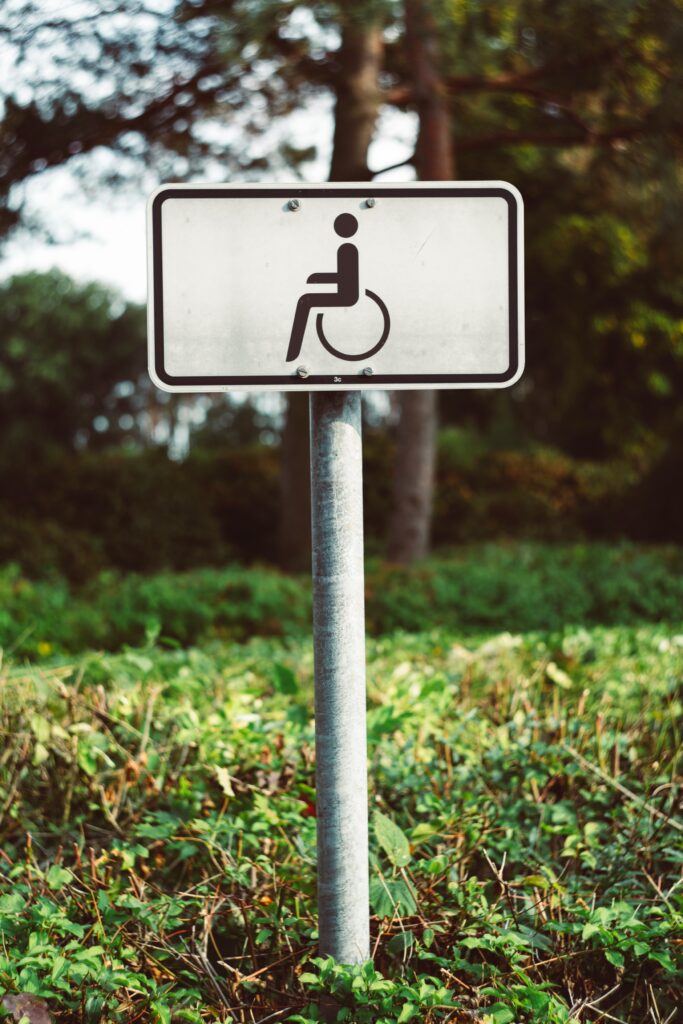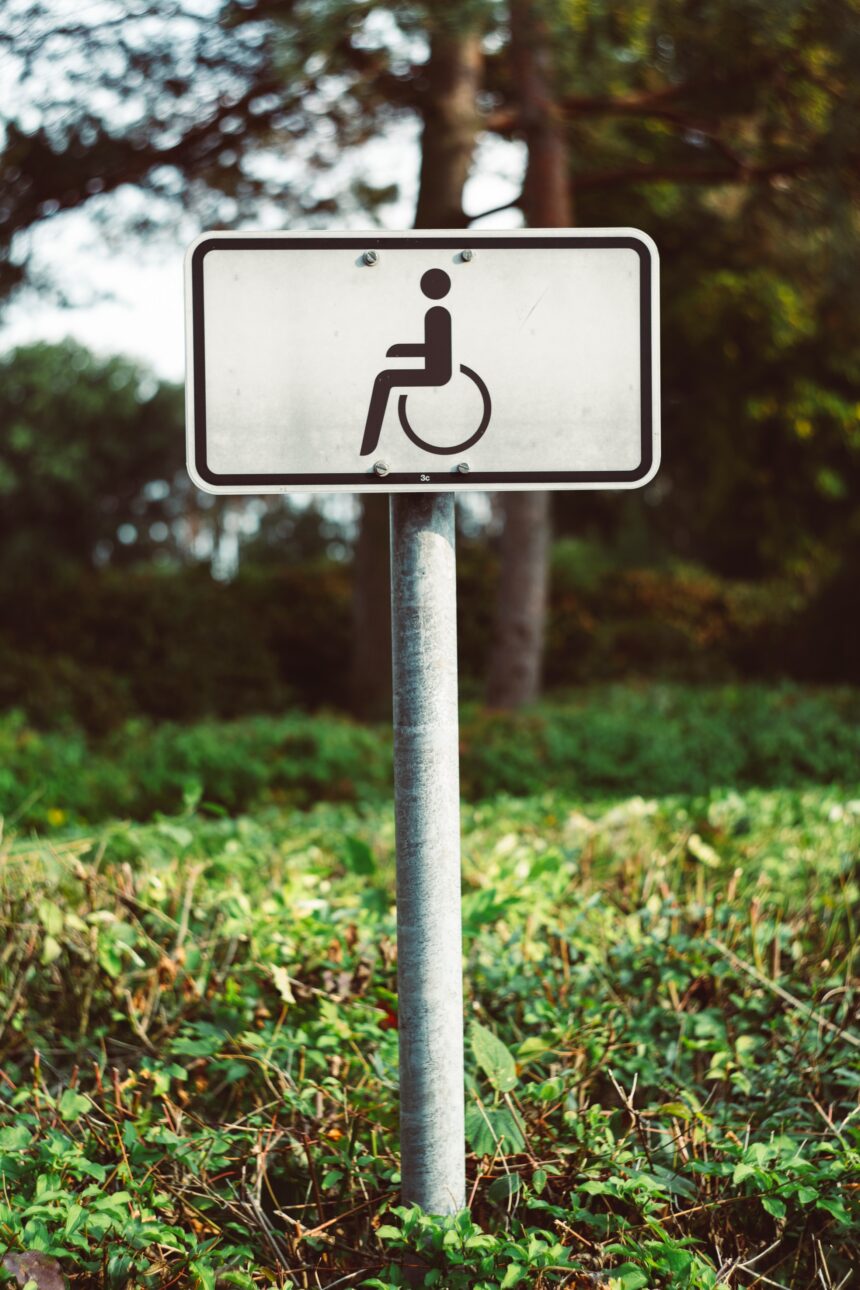A Guide to Mobility Aids for the Home – For individuals facing mobility challenges, the home should be a sanctuary of comfort and accessibility. Fortunately, advancements in assistive technology have made it easier than ever to adapt living spaces to accommodate different needs. In this blog post, we’ll explore various mobility aids designed to enhance independence and create a more inclusive home environment.
A Guide to Mobility Aids for the Home

A Guide to Mobility Aids for the Home

- Grab Bars: Simple yet highly effective, grab bars are essential additions to bathrooms, hallways, and staircases. These sturdy bars provide support and stability, helping individuals maintain balance and prevent falls. They come in various designs, from straight bars to angled and floor-to-ceiling options, offering versatility in installation.
- Stair Lifts: For homes with multiple levels, stair lifts are game-changers. These motorized chairs are attached to a rail along the staircase, allowing individuals with mobility issues to move between floors effortlessly. Stair lifts provide a safe and comfortable alternative to navigating stairs independently, promoting autonomy within the home.
- Ramps: Installing ramps at entrances and exits is crucial for those using wheelchairs, walkers, or scooters. Ramps provide a smooth transition between different levels and eliminate the need to navigate stairs. Portable ramps are also available for temporary use, making them a versatile solution for various home layouts.
- Adjustable Beds: Mobility challenges often impact sleep quality and comfort. Adjustable beds allow individuals to customize their sleeping positions, making it easier to get in and out of bed. Some models also come with features like massaging functions and zero-gravity positioning, enhancing overall comfort and well-being.
- Rollators and Walkers: For individuals who require additional support while walking, rollators and walkers are indispensable mobility aids. These devices provide stability and often come with features such as seats and baskets for added convenience. They’re suitable for both indoor and outdoor use, empowering individuals to move confidently.
- Lift Chairs: Lift chairs are specially designed recliners that assist individuals in standing up or sitting down. With the push of a button, the chair gently lifts or tilts forward, reducing the strain on the knees and hips. These chairs blend seamlessly with home decor while providing valuable assistance in daily activities.
- Home Automation Systems: Incorporating smart home technology can significantly enhance accessibility. Voice-activated assistants, smart lighting, and automated thermostats can be controlled without the need for physical exertion. These systems contribute to a more independent and user-friendly home environment.
- Walk-in Baths: Buy a walk-in bath to help make bathing easier. These specialized baths feature a unique door that opens outward, allowing users to step directly into the tub without the need to navigate high barriers. The ease of access and thoughtful safety features make walk-in baths a practical and inclusive choice, providing individuals with a sense of independence and confidence while promoting relaxation and well-being in the comfort of their own homes.
A Guide to Mobility Aids for the Home

Conclusion: Creating a home that caters to mobility needs is a meaningful step towards fostering independence and improving overall quality of life. By embracing a variety of mobility aids, individuals can navigate their living spaces with confidence and ease. From grab bars to home automation, these solutions empower individuals to maintain control over their environment, promoting a sense of autonomy and well-being. Remember, every adaptation made to the home brings us one step closer to a more inclusive and supportive living space for everyone.


Leave a Reply